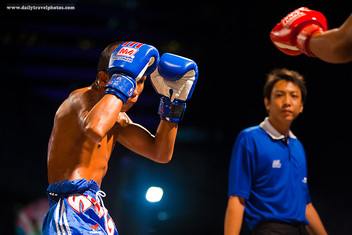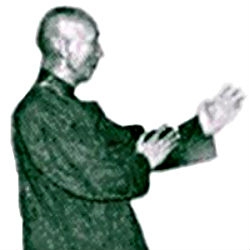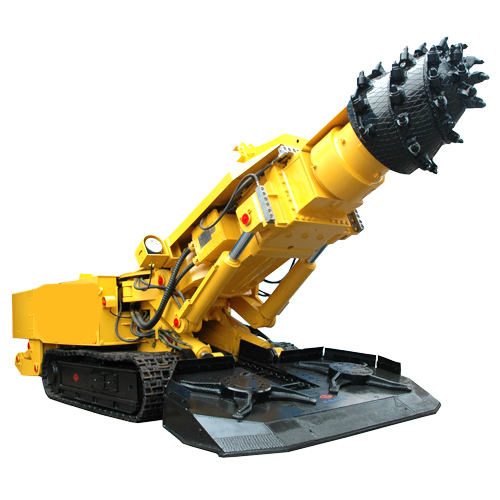When your opponent uses boxing guard, his center is exposed.

If you can move in and extend your
- left arm between his right arm and his head,
- right arm between his left arm and his head,
you will dominate his "front door". So boxing guard is not perfect.
The WC guard will make the above "front door entry" very difficult.


If you can move in and extend your
- left arm between his right arm and his head,
- right arm between his left arm and his head,
you will dominate his "front door". So boxing guard is not perfect.
The WC guard will make the above "front door entry" very difficult.

Last edited:


